

















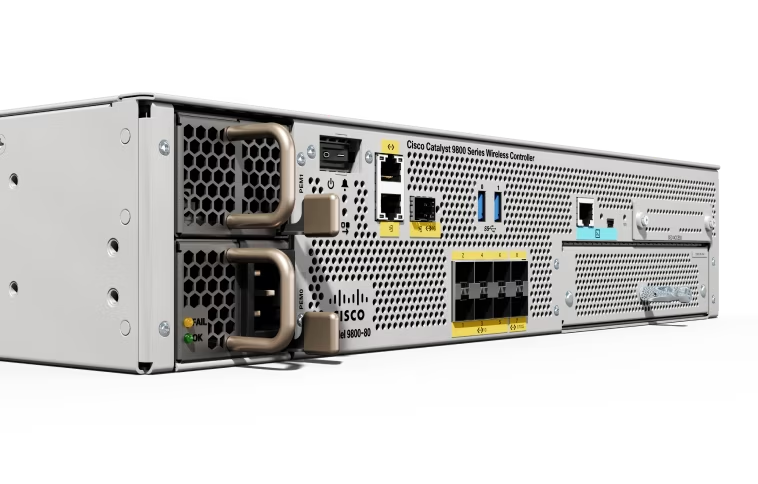

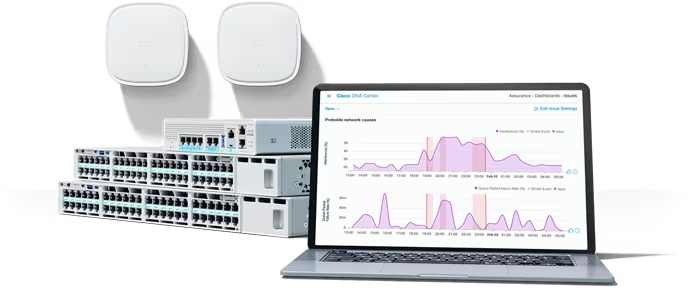

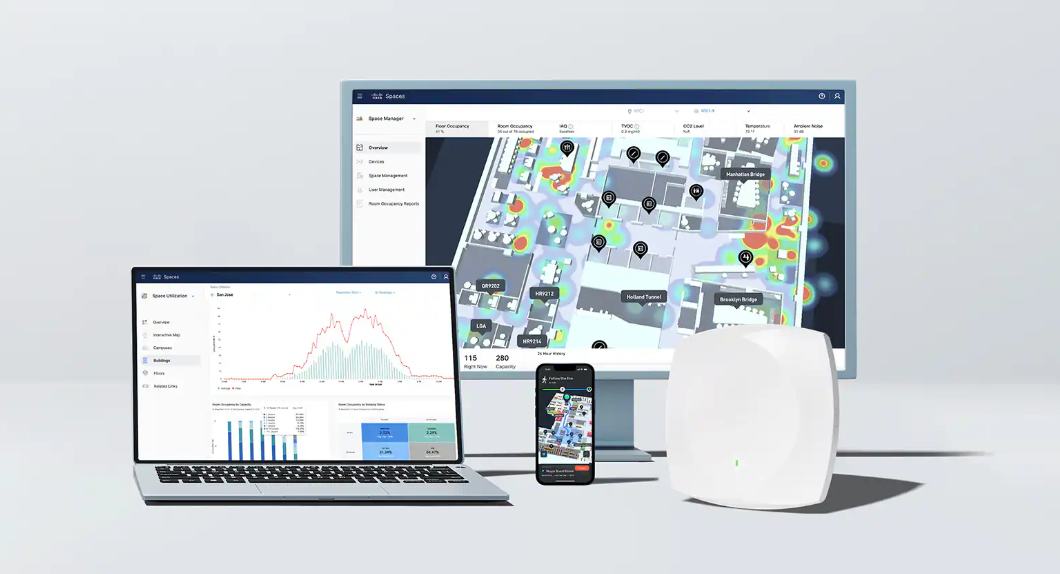

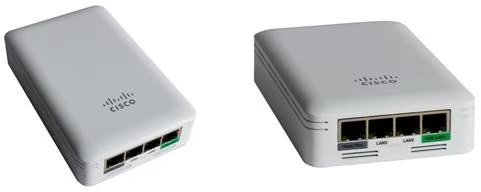
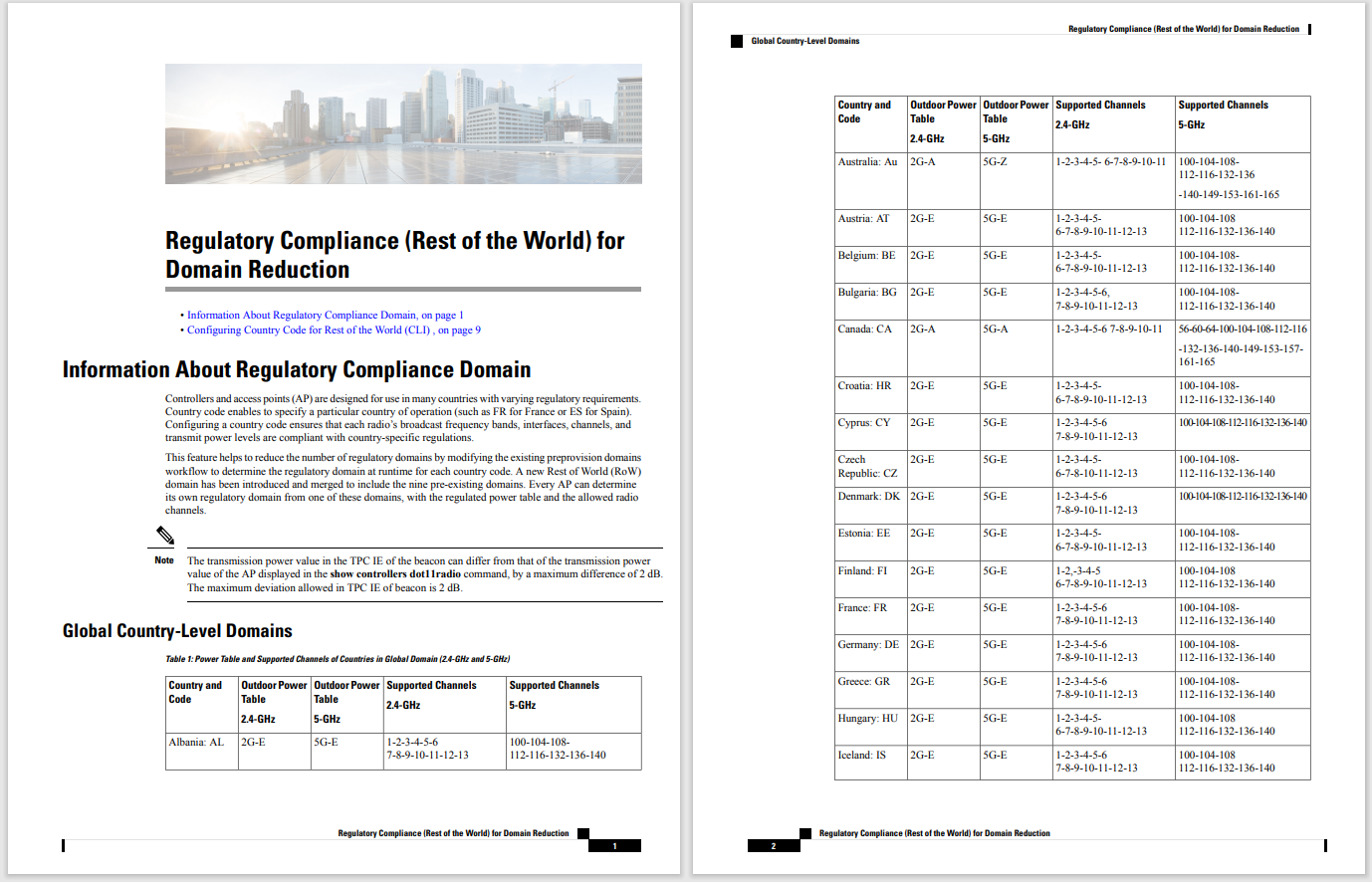
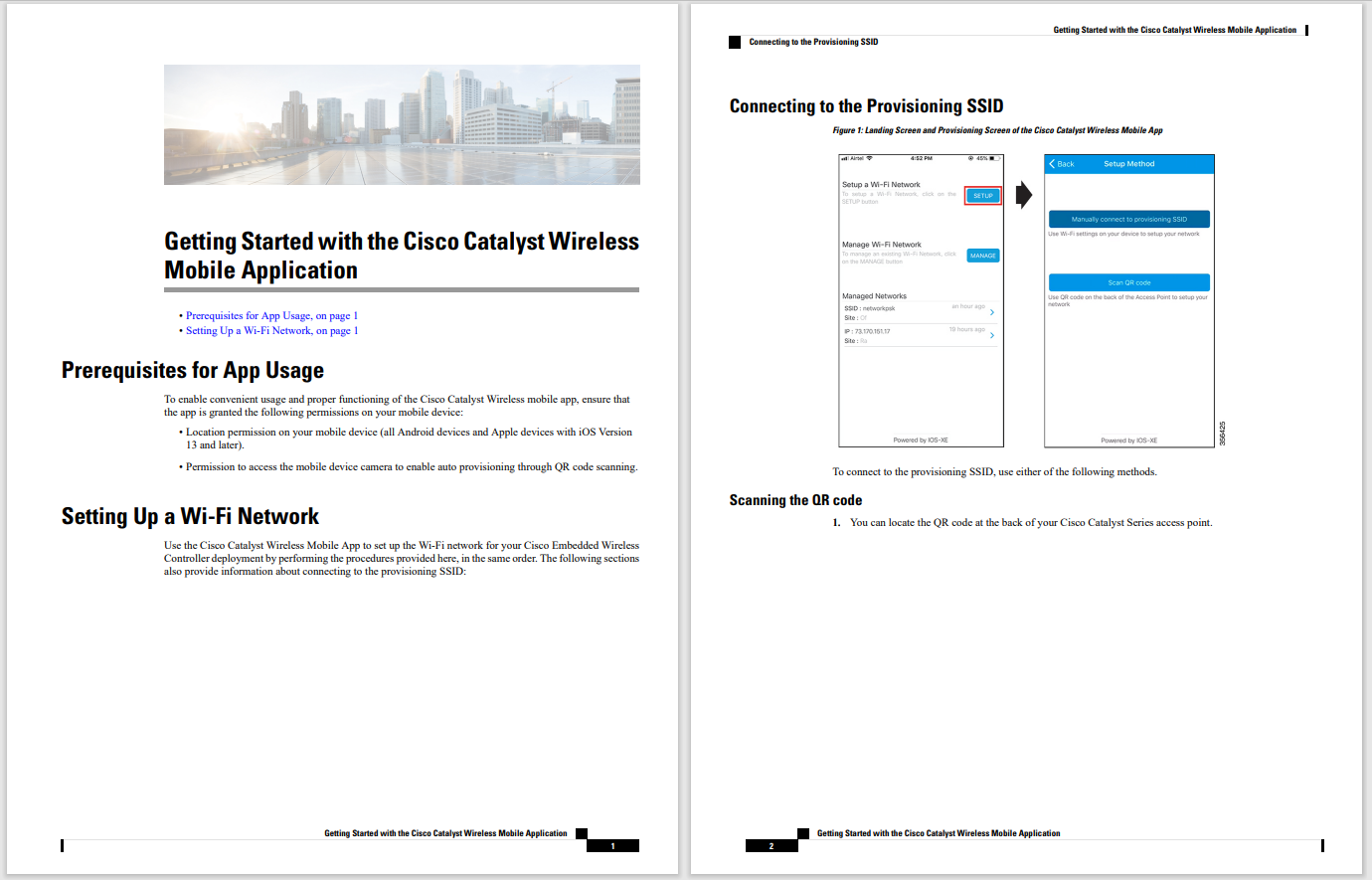

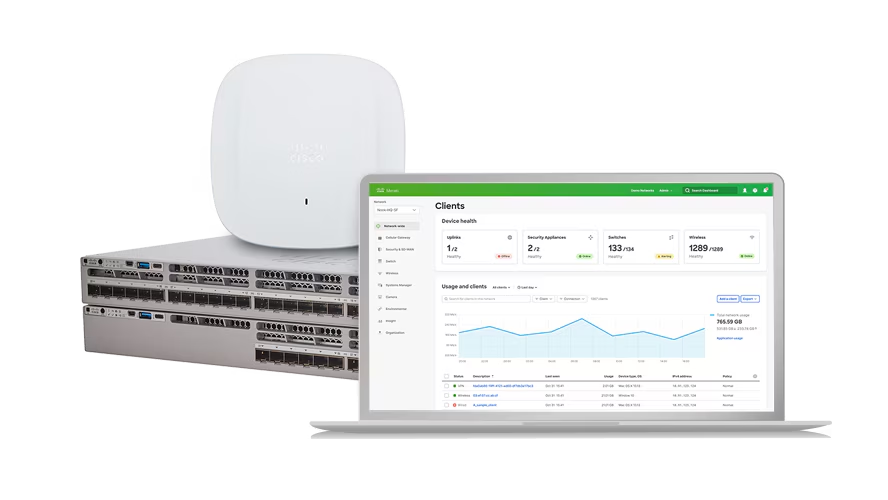
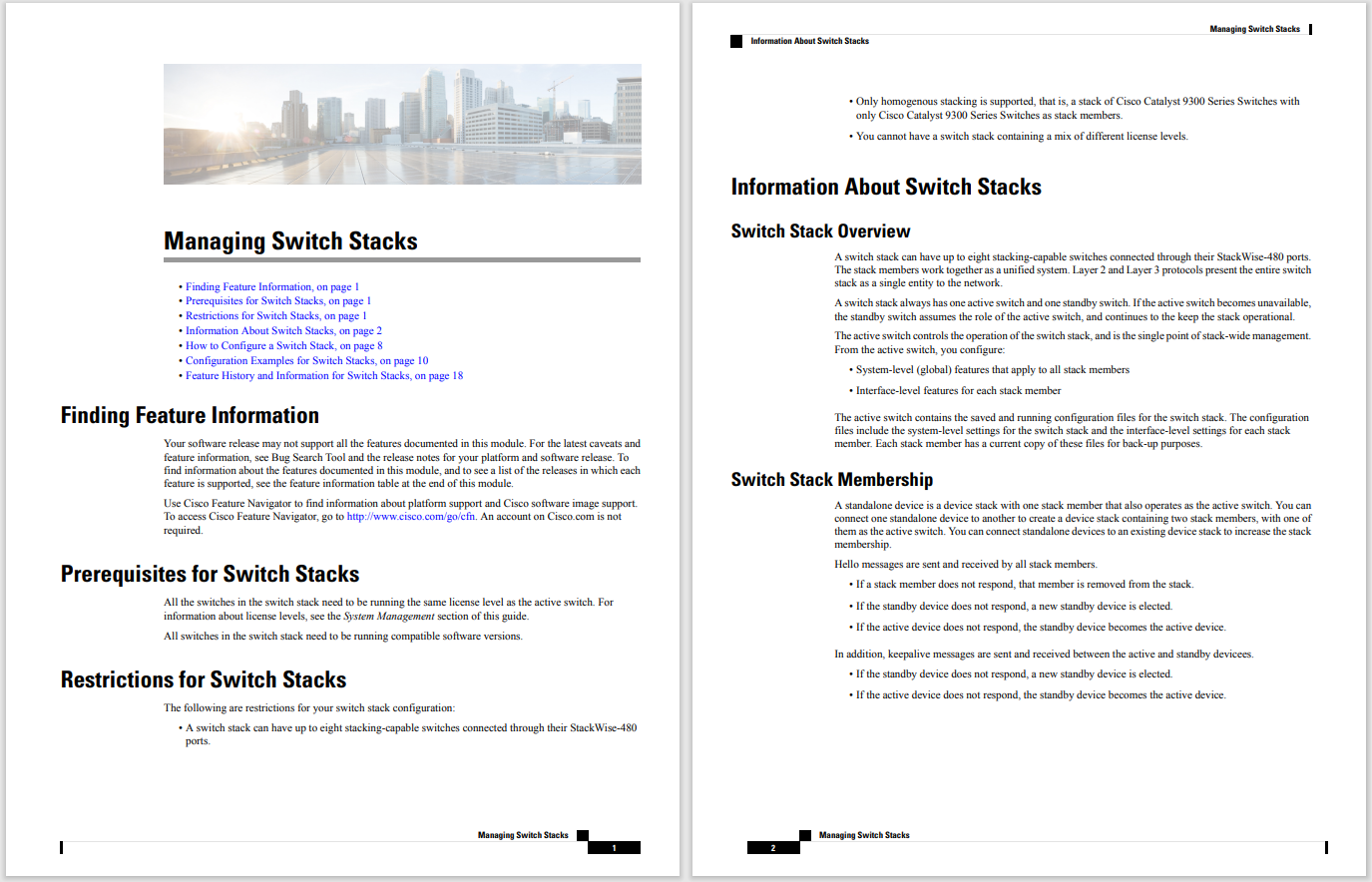
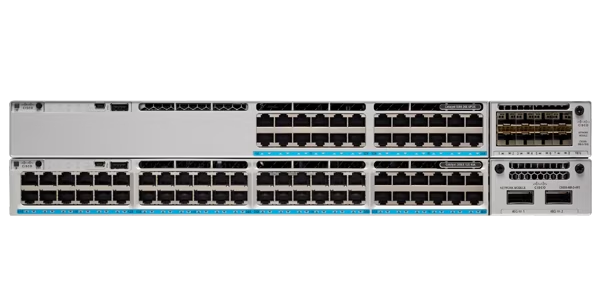
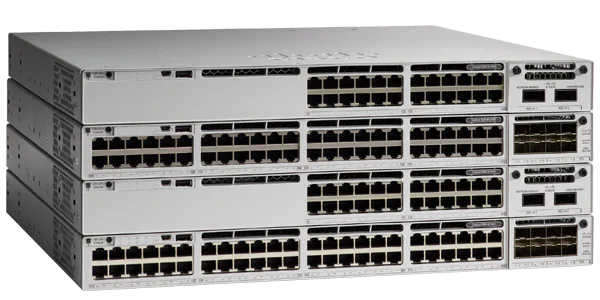
Accelerate 2023 began with a series of keynotes to a standing-room-only crowd of Fortinet customers, partners, and employees. The theme for this year's Accelerate conference was "experience a secure future now." Change is happening fast, and the network has edges that are anywhere and everywhere. More endpoints mean more risks and cyber criminals are already exploiting them at a scale and speed we've never seen before. Whether it's automating, consolidating, or converging, everyone needs to be prepared for the unexpected.
In addition to the Tech Expo with live demonstrations of the latest Fortinet cybersecurity solutions, presentations, workshops, and awards, Fortinet also announced unified management innovations across our secure networking portfolio and expanded the Fortinet Security Fabric with more capabilities to help create a self-defending ecosystem. We also announced enhancements to the NSE Certification program, furthering our commitment to helping close the cybersecurity skills gap, as well as updates to the Engage Partner Program.
Patrice Perche, Chief Revenue Officer and Executive Vice President of Support, kicked off the day by reviewing the core philosophies that have driven Fortinet innovation since the beginning. Innovation is part of Fortinet's DNA, and Ken and Michael Xie's vision has been to build an integrated cybersecurity platform. At the core of this vision is a strategic, organic development approach that delivers unparalleled value in automation and integration. But Patrice cautioned that to be successful you need more than an innovative long-term vision; you also need to execute.
This groundbreaking vision evolved into the Fortinet Security Fabric in 2016, which is a platform that includes threat intelligence and security services made up of more than 50 products. The Security Fabric works across hybrid environments to secure the entire attack surface, including the cloud, operational technology (OT), and all edges. It addresses the evolving threat landscape, lowers the time to react, and reduces management complexity.
Patrice pointed out that although many of our competitors claim to use a platform approach, they cannot claim the same level of integration and automation that Fortinet has with the Security Fabric. The strength of our execution is also reflected in our business diversity with a revenue model that spans across segments, geographies, and industries. Fortinet continues to invest in each market segment to ensure that we can adapt our go-to-market and meet the unique challenges of our customers.
Patrice concluded by emphasizing that through our unique innovation and threat intelligence, Fortinet is addressing new requirements and helping to shape the evolution of cybersecurity. This commitment to advancing cybersecurity is essential because it's critical to protecting society. And because cybersecurity is a sustainability issue, Fortinet is working to advance cybersecurity through partnership, community engagement, and the training of 1 million people by 2026 to address the cybersecurity skills gap.
Ken Xie, Fortinet's Founder, Chairman of the Board, and Chief Executive Officer, took the stage next to discuss convergence and consolidation and speak to the company's investment in research and development versus the approach competitors have taken to add cybersecurity features and functions through acquisition.
Ken pointed out that the focus when he started Fortinet and over the last 23 years has been the convergence of networking and security and that idea is what has driven investments and development over the years. Gartner recently validated the convergence concept and predicted that by 2030 the secure networking market will be larger than traditional networking.
However, secure connectivity requires more processing power. So organic investments in research and development across the Fortinet product portfolio are key to the performance improvements required to secure today's complex networks. Fortinet ASICs differentiate Fortinet from competitors. The application-specific design and multi-core processors mean that every new generation of ASIC moves more application processing to the ASIC, which frees up the CPU to handle other functions and provides more speed at a lower cost. In fact, the latest release, FortiSP5, concurrently supports two times more applications than the previous generation.
Ken pointed out that having a single platform, the Fortinet Security Fabric is a huge benefit for customers, who are increasingly focusing on vendor and product consolidation. Fortinet products are integrated and automated from day one because we developed them in-house. Most other competitors acquire mature products, and it is difficult to integrate at the operating system level if you increase your product portfolio by acquisition. Because of the investments Fortinet has made and our long-term vision, we are seeing the benefits of convergence and consolidation and huge potential going forward.
Next, John Maddison, Chief Marketing Officer and Executive Vice President of Products walked attendees through three key areas Fortinet is focusing on today: the secure networking journey, one cybersecurity platform, and operational technology security.
He started off by defining secure networking: networking that is location-, device-, content-, and application-aware. The next-generation firewall (NGFW) is fundamental, providing control points across the infrastructure. But the biggest change is the distributed firewall, which sits at the campus and at the branch. Gartner calls these distributed firewalls "hybrid mesh firewalls" and predicts that by 2026, more than 60% of companies will have them. The ability to maintain a single policy across all of these firewall use cases is going to be essential going forward. And to meet this need, Fortinet has released low-latency FortiGate NGFWs for the perimeter, cloud-native firewalls in AWS, and even container firewalls.
John explained how Secure SD-WAN optimizes the application experience. It's a foundational component because once you've implemented and deployed Secure SD-WAN, users, and devices can go anywhere. In fact, it is part of the Fortinet operating system, FortiOS. All you have to do is switch it on. Then SD-Branch secures your premises, SASE secures remote users, and zero-trust network access (ZTNA) applies the zero-trust security model to all applications.
Next, John provided an overview of the latest updates to the Fortinet Security Fabric cybersecurity platform. Fortinet is represented in major analyst reports for endpoint security, SIEM, and SOAR, which are all products that Fortinet has integrated together. It shows that you can build a platform and also have the most effective products in the industry as part of that platform. Looking at the reports, our endpoint solution is visionary, our email security is leading, SIEM is a challenger to the leadership, and also our SOAR is well respected and integrated. However, what's most important with this portfolio is the integration. The key goal of the Fortinet Security Fabric is to build automation to make these products work and talk to each other to exchange policies, security, and threat intelligence.
John went on to discuss how Fortinet is implementing OT-aware technology into our cybersecurity portfolio. We're implementing OT-aware technology inside SEIM, SOAR, and EDR. Fortinet is also increasing our threat research for FortiGuard updates to OT and continuing to build our OT ecosystem. OT environments are often diverse, fractured and fragmented, so it's critical to have an ecosystem to participate in that marketplace and support customers.
In his keynote, Robert May, Senior Vice President, Product Management began with a discussion of the Fortinet Security Fabric and touched on some of the new features in the new version of FortiOS. He pointed out that the Security Fabric journey started as a way to automate and simplify operations. And then when we started to see companies adopting more segmentation and also starting to shift to the cloud, it became necessary to provide a single point of visibility and a single point of control across the network. Now in every operating system release, we find new ways and new things to layer on top of that fabric connection. Robert highlight the latest release of Fortinet's flagship operating system, FortiOS 7.4, with key enhancements including SD-WAN self-orchestrator and additional extensions in attack surface monitoring and attack surface management.
The day's keynote sessions were wrapped up by Chief Security Strategist and Vice President of Global Threat Intelligence, Derek Manky, who led a panel discussion with guests from Interpol, the World Economic Forum, and MITRE. He began by saying that cybersecurity needs to be sustainable, but it also needs to have an open ecosystem so organizations can work together. When we talk about disruption, the first thing most people think of is the police, arrest, and prosecution. But with cybersecurity, you can't "arrest" your way out of the problem all the time. Fortinet, end users, partners, and other members of the cybersecurity ecosystem are all part of the effort to disrupt cybercrime.
Arguably the biggest takeaway from each of these keynote sessions is that traditional approaches to security simply don't work anymore. Trying to set up a network of isolated solutions and layering security on top is no longer a viable approach. To beat cybercrime, networking, and security must converge, and setting up an integrated platform is the key to reducing complexity and vendor sprawl by consolidating products and vendors. Because you can't protect what you can't see, visibility across the entire attack surface is critical.
Another recurring theme was the importance of investing in research and development to create solutions that can keep up with the latest threats. Technology needs to automate both the network operations center and security operations center because cybercriminals aren't sitting still. Every day they come up with new threats and techniques, so we need to partner with others in the industry to share threat intelligence, successes, and failures. Only by working with others can we keep data, users, and society at large safe from cybercrime.
The Accelerate conference was an opportunity to showcase our long-standing commitment to convergence and consolidation. Learn more about how the Fortinet Security Fabric brings together the concepts of convergence and consolidation to provide comprehensive cybersecurity protection for all users, devices, and applications across all network edges.?
 Hot Tags :
Business and Technology
convergence
Accelerate
security consolidation
Hot Tags :
Business and Technology
convergence
Accelerate
security consolidation